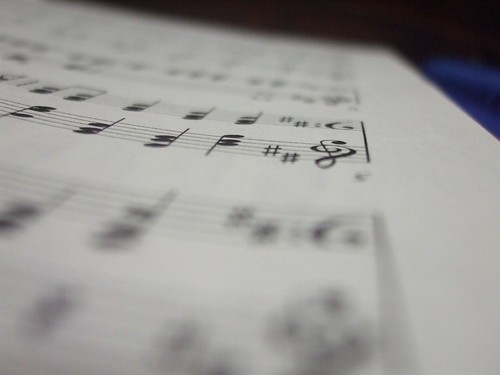- Keep a record (notebook or otherwise) of both your lesson plan and what actually transpired during the lesson.
- Make sure that the current lesson serves as a link between what has already been learned and what will be taught in the future.
- As a teacher, learn how to lecture in an interesting manner.
- Have your students work as a group first, before they work split off for individual work.
- Have the students evaluate the tune before they sing it.
- Teach your students how to quickly notate music.
- Make sure to review keys previously covered, so that your students are able to keep their music knowledge fresh.
-----
You just finished reading Music as a Language - Reading Together - General Hints on Taking a Lesson in Ear-Training.
Sign up here for my free monthly newsletter!
Connect with me on Twitter and Pinterest.
